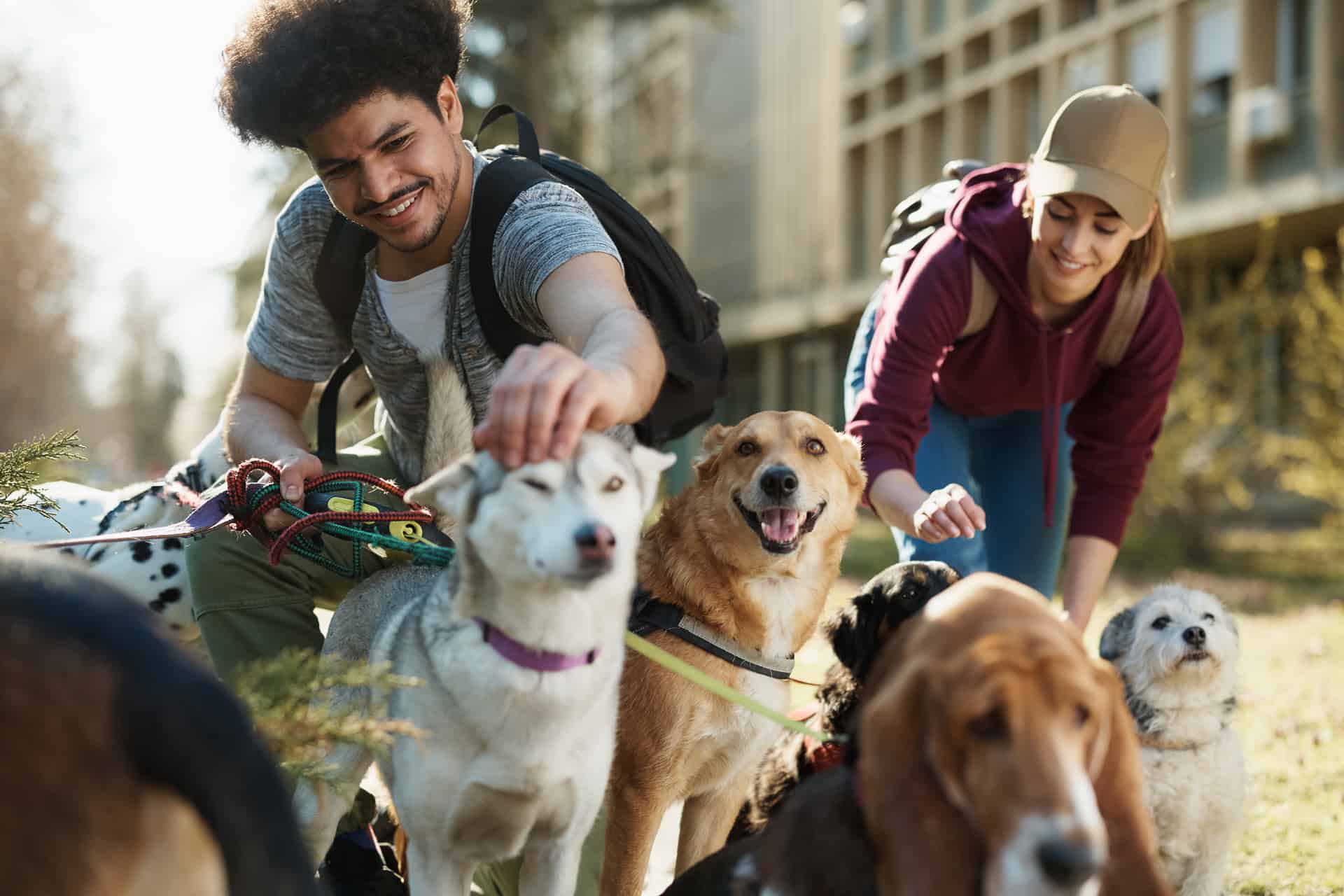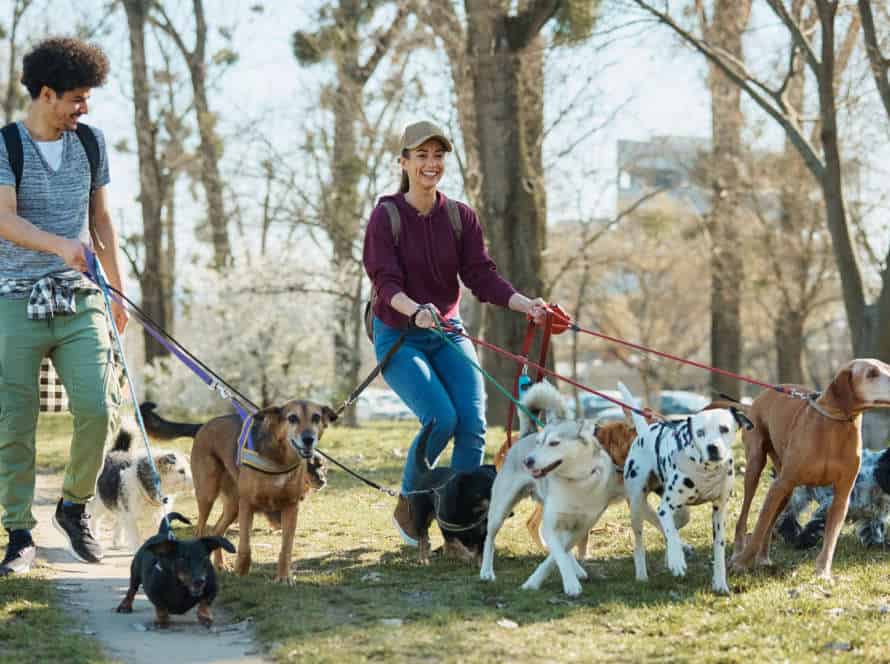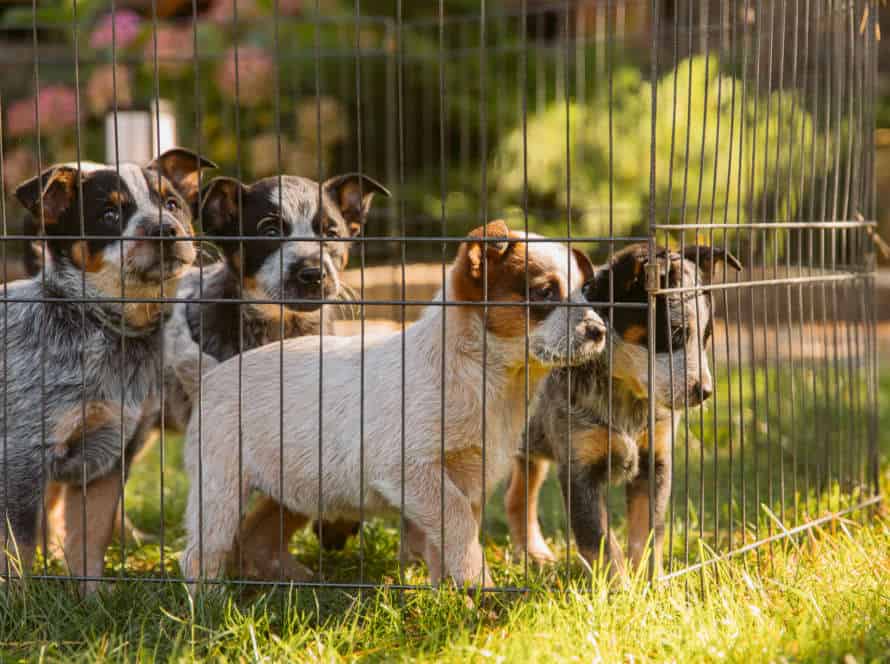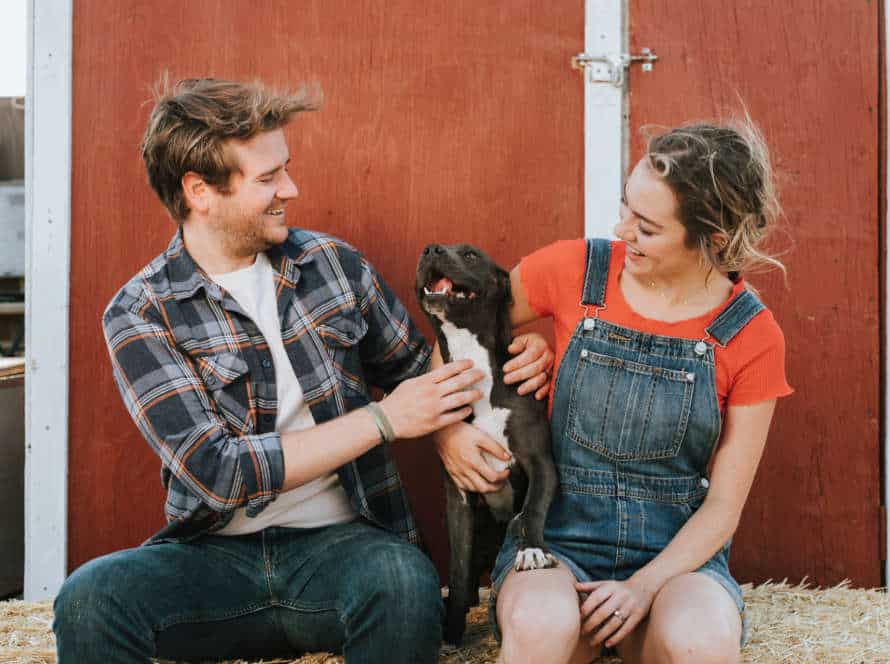How to Adapt Training Techniques to Your Dog’s Personality
Training your pup isn’t the same for every pup. Different doggos have unique traits that need unique training strategies to get the best results. Here’s how to adapt the training to your pup’s personality:
- Energetic pups: These pups need exercise and stimulation. Training activities like agility or obstacle courses are great for them.
- Shy pups: Patience, gentle guidance and positive reinforcement are key for these pups. Start with basic commands and gradually add more complex tasks.
- Stubborn pups: Firm and consistent training is required for these pups. Use positive reinforcement to reward good behavior and discourage bad behavior.
- High-strung pups: Pups like these may benefit from calming exercises like sprays or massages. Training techniques that are quiet, calm, and consistent work best.
By adapting training to your pup’s personality, you can make sure they respond well and enjoy the process.
Understand Your Dog’s Personality
Personalities differ from person to person, and dogs are no exception. Knowing your pup’s personality is essential for training them. Grasping their traits can help you decide the best teaching techniques. Let’s delve into the different personalities of our furry friends and how they can help you tailor your training methods.
Identify your dog’s personality traits
Understanding your pup’s character is a must for comprehending their temperament, conduct, and adaptation to different training methods.
Common traits commonly shown by dogs are:
- Aggression – this may appear as growling, barking, and biting due to anxiety, territory instincts, or fear.
- Fearfulness – dogs may show timid behavior, avoid people or other dogs, and show signs of uneasiness, such as panting, pacing, or trembling.
- Sociability – some pups are extra sociable, loving human interaction, and easily adjust to new places, while others might be more independent and shy.
- Trainability – dogs that are easily trainable learn quicker, responding better to structured routines, while others need a lot of patience and perseverance to learn new commands and behaviors.
Knowing your pup’s traits can assist you to adjust your approach to training and socializing them, resulting in a better relationship and more enjoyable experience for both of you.
Observe your dog’s behaviours
Observing your pup’s actions and character is key to understanding and tailor-making training techniques. To do this, pay attention to:
- Body Language: Your dog’s posture, tail and face expressions can show emotions like fear, joy or aggression.
- Energy Level: Dogs have different energy levels; some are active, some prefer to stay indoors. Knowing your pup’s energy level helps decide the type of training that fits them best.
- Responses to Stimuli: Notice how your dog reacts to sounds, motion or other things in the environment. Knowing what triggers them can help adapt training and reduce stress.
- Personality: Like us humans, dogs have different personalities, like being shy, bold, aggressive or submissive. Understanding their personality can help adapt training and build a strong connection.
Use personality tests to determine your dog’s personality type
Personality tests can give you an understanding of your pup’s type of personality, aiding you to adapt your training methods. Here are three popular ones:
- Myers-Briggs Type Indicator: Initially made for humans, pet owners have altered it for their furry pals. This test inspects your dog’s levels of extraversion, introversion, sensing, intuition, thinking, feeling, judging, and perceiving.
- DISC Assessment: This test assesses your dog’s Dominance, Influence, Steadiness, and Conscientiousness levels.
- Big Five Personality Traits: This test looks into your pup’s levels of openness, conscientiousness, extraversion, agreeableness, and neuroticism.
Once you’re aware of your pup’s personality type, you can choose training techniques that go with their strengths and weaknesses, making the training process easier.
Adapt Training Techniques based on Personality Types
Dogs are unique, just like us humans! Figuring out their personality can help you pick the best training techniques that will give you the results you want. Let’s look at the different types of dog personalities and the methods to train them well.
Tailor the training method based on your dog’s personality
Dogs, like humans, have different personalities. It’s important to train them based on their personality for better success and a stronger bond.
Common personalities of dogs and how to adapt training:
- The Eager-to-Please Dog: Praise, treats and affection work well for them. Try clicker training and rewards for good behavior.
- The Independent Dog: Aloof and prefers to do things their own way. Use a firm and consistent voice, plus rewards-based approach.
- The Nervous Dog: Soft, reassuring voice and positive reinforcement with treats and love will help gain confidence.
- The Confident Dog: Establish rules early. Be firm and consistent.
Every dog needs tailored training. Be patient and use positive reinforcement to strengthen the bond.
Positive Reinforcement Training Techniques for different personality types
Positive reinforcement training can be tailored to different canine personalities, leading to successful results. Here’s how:
- Eager-to-Please: Praise and treats work best. They love attention!
- Sensitive: Soft tones and gentle handling are key. Easily intimidated.
- Independent: High-value treats and freedom are best. Recognizes their independence.
- Confident: Games and toys as rewards. Likes problem-solving challenges.
It’s key to understand your pup’s personality and tailor training to establish a strong bond and effective communication.
Negative Reinforcement Training Techniques for different personality types
Negative reinforcement techniques can be tailored to your pup’s character. Here are some tips to help you adjust your training style:
- Fearful Dog: Use treats and verbal praise, no punishment, and keep it short and frequent.
- Confident Dog: Use negative reinforcement sparingly – positive reinforcement and challenge work better.
- Stubborn Dog: Consistent and firm negative reinforcement.
- Anxious Dog: Gentle and patient approach. Avoid loud noises or sudden actions. Create a peaceful environment. Build their confidence with positive experiences.
Remember, every dog is unique. Adapt your approach based on their personality. With patience and care, you can help your pup reach its potential and have a great life together.
Training Techniques for Specific Personality Types
Dogs differ in personality. Some may be curious, others energetic, and still others sensitive. Knowing your pup’s character helps you personalize your training to them. In this article, we’ll explore proper training for different personalities.
Training Techniques for eager-to-please personality types
Dogs with eager-to-please personalities need positive reinforcement methods. Treats and praise for good behavior are key! Here are handy tips:
- Use treats to reward good behavior. Positive feedback is essential for these dogs.
- Offer lots of praise. Be genuine and consistent with your praise.
- Short and sweet training sessions. Too much info can overwhelm them. Keep it focused.
- Play as a training tool. Set clear boundaries to avoid confusion.
Pro tip: Be patient and consistent with your training—it’ll take time for your dog to learn!
Training Techniques for independent personality types
Training your furry companion can seem scary. Different personalities make a big difference in how they reply to instruction. Here are tips for independent personalities:
- Use positive reinforcement – Giving rewards for good behaviour helps independent personalities learn and obey commands.
- Keep it consistent – Short, regular training sessions help teach your pet without exhausting them.
- Don’t overdo it – Independent dogs get bored quickly. Short, interesting sessions keep their interest.
- Patience is essential – Your dog will take time to understand and adjust. Be patient, and practice often.
These furry pals have their own personalities, but with patience, understanding and practice you can train them effectively.
Training Techniques for anxious personality types
Training a pup with anxious tendencies can be tricky, but with the right methods, it’s possible to ease their worries and make them better-behaved. Let’s take a look at some tips:
- Start small with training, and extend the sessions as you go.
- Use positive reinforcement and treats to boost confidence.
- Teach simple commands like “sit,” “stay,” and “come” to build trust.
- Make sure your furry friend has a safe and secure environment to avoid setting off anxiousness.
By applying these techniques and customizing them for your pup’s personality, you can create a strong bond and help them become well-adjusted pets.
Common Mistakes in Training based on Personality Types
Dogs possess unique personalities, just like humans. It is essential to recognize this when training them. Each dog reacts differently to different training techniques – it is important to customize your training techniques to match your pup’s personality. In this article, we will explore mistakes people make when training their dogs based on their personalities.
Mistakes made when training easy-going personality types
Many people mistakenly think that training easy-going doggos doesn’t require much structure or consistency. This is wrong! Such a misconception can stop your pup’s progress. So, here are some tips for adapting your training to their personality:
- Give them a routine – feed, exercise, & playtime – which you stick to.
- Use treats & praise to reward desired behaviors.
- Keep lessons short & focused.
- Be consistent with commands, even if they don’t respond quickly.
By adapting to your pup’s personality, you can have a positive training experience.
Mistakes made when training stubborn personality types
Training dogs with stubborn personalities can be tricky. Owners often make mistakes that slow progress or cause regression. To succeed, adapt your techniques to their personality. Here are some common errors to dodge:
- Harsh punishments or scolding can harm trust.
- Not being patient enough leads to frustration.
- A one-size-fits-all approach doesn’t consider their temperament.
- Inconsistent or unclear training cues or rewards confuse them.
Be consistent, patient, and adaptive. Tailor your approach with positive reinforcement and make steady progress. Pro tip: If you’re having trouble, seek a professional trainer for difficult behaviors.
Mistakes made when training high-energy personality types
Common mistakes when training high-energy personality types in dogs?
- Expecting them to be calm from the start.
- Inconsistent training can lead to confusion and overstimulation.
- They need mental stimulation to prevent boredom and destructive behavior.
- And exercise to burn off excess energy and focus on training.
- Overcorrecting or punishing can increase anxiety and destructive behavior.
- So, adapt training techniques to your dog’s personality. Provide mental and physical stimulation. Set boundaries consistently. Use positive reinforcement to encourage good behavior.
Frequently Asked Questions
Q: How do I know what kind of training technique is best for my dog’s personality?
A: The best way to determine what training technique is best for your dog is to observe their behavior and reactions during training. Do they respond well to positive reinforcement or do they require a more dominant approach?
Q: Can I use the same training techniques for all of my dogs?
A: No, every dog is unique and may require different training techniques based on their personality, temperament, and breed.
Q: How can I adapt my training techniques to a shy or fearful dog?
A: Begin by introducing training slowly and make sure to give the dog plenty of positive reinforcement. Avoid using harsh or dominant training techniques that may worsen their fear or anxiety.
Q: Is it possible to train an older dog with ingrained habits?
A: Yes, older dogs can still be trained but it may require more patience and time. It is important to approach training with positive reinforcement and consistency.
Q: Can I use punishment as a training technique for my dog?
A: Punishment is not recommended as a training technique as it can lead to fear, aggression or further behavioral issues. Positive reinforcement, praise and treats are the most effective ways to train your dog.
Q: Is it necessary to hire a professional trainer to adapt training techniques to my dog’s personality?
A: Hiring a professional trainer may be helpful, especially if you feel you are not making progress on your own. However, with patience and consistency, adapting training techniques to your dog’s personality can be done at home.







